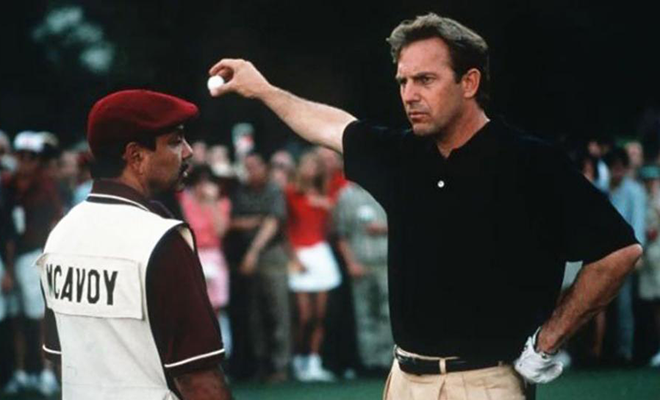Helpful Rules: If you think the rules exist to penalize, think again

Penalties, penalties, penalties. The mere mention of the word “penalty” in the world of golf makes people sweat. Penalties under the Rules come in four basic categories given the form of play: one stroke (stroke and match play), two strokes (stroke play only), loss of hole (match play) and the dreaded disqualification (stroke and/or match play). Many golfers believe that the Rules of Golf are out there to strictly penalize a player, but that’s not always the case. There are certain Rules that are there to help a player. What? Shocked? Confused? Well, don’t be. Let’s explore some examples.
Rule 3-3 — Doubt as to Procedure
Rule 3-3, Doubt as to Procedure, is a Rule that applies in stroke play only and provides a procedure for a player who is doubtful of their rights or is unsure of the correct procedure to follow. It allows for a player to complete the play of a hole with two balls. There is no penalty in this situation but the player is required to follow a certain protocol. First, after the doubtful situation has arisen and before further action is taken, the player must announce to his marker or fellow competitor that he intends to play two balls and which ball he wishes to count if the Rules permit. The player also must report the facts to the Committee before returning his scorecard. If the proper procedure is followed by the player, then the Committee will determine which ball counts under the Rules.
Rule 7-2 — Practice During the Round
Generally, practice on the course during the round is not allowed and if a player does so, a penalty of loss of hole in match play and two strokes in stroke play would be incurred. There are three times on the golf course where a player can practice putting or chipping with no penalty. A player can practice putting or chipping on or near (a) the putting green of the hole last played; (b) any practice putting green; (c) the teeing ground of the next hole to be played. Practice strokes must not be made from a hazard and cannot unduly delay play. Golf fans often get confused because they never see PGA TOUR players practicing after they finish play of a hole. That’s because the PGA TOUR has adopted, under the Note in Rule 7-2, the prohibition of practice near or on the putting green of the hole last played.
Rule 20-6 — “The Eraser Rule”
Rule 20-6 is a three-line, one-sentence Rule that allows a player to correct or “erase” a ball that has been incorrectly substituted, dropped or placed in a wrong place. Many times, a player makes a mistake when getting the ball back into play, whether it is dropping in a wrong place or dropping the ball in an incorrect manner. If a player has not played a stroke at the ball that was incorrectly substituted, dropped or placed incorrectly, the Rules are going to let you erase your mistake and get it right without penalty.
Miscellaneous
There are also a couple of obscure situations in which a player does not receive a penalty that is not generally known to the golfing public. Did you know that a player can borrow golf balls, tees, gloves or even a distance measuring device from another player under no penalty? Decision 5-1/5 tells us that this is permitted under the Rules.
Throughout the Rules it is noted that players are responsible for the actions of their caddies during a stipulated round. If a caddie commits a rules violation during a round, the player incurs the penalty. However, if a caddie practices on the course or tests putting green surfaces before the competitor tees off, there is no penalty to the player as the player is not responsible for the actions of the caddie before or after a stipulated round (Decision 7-1b/5).










